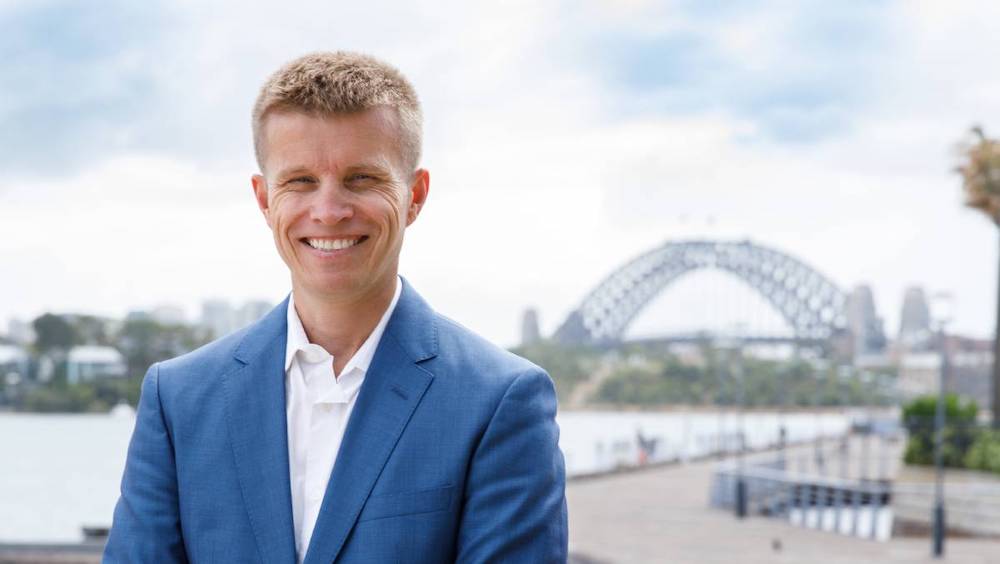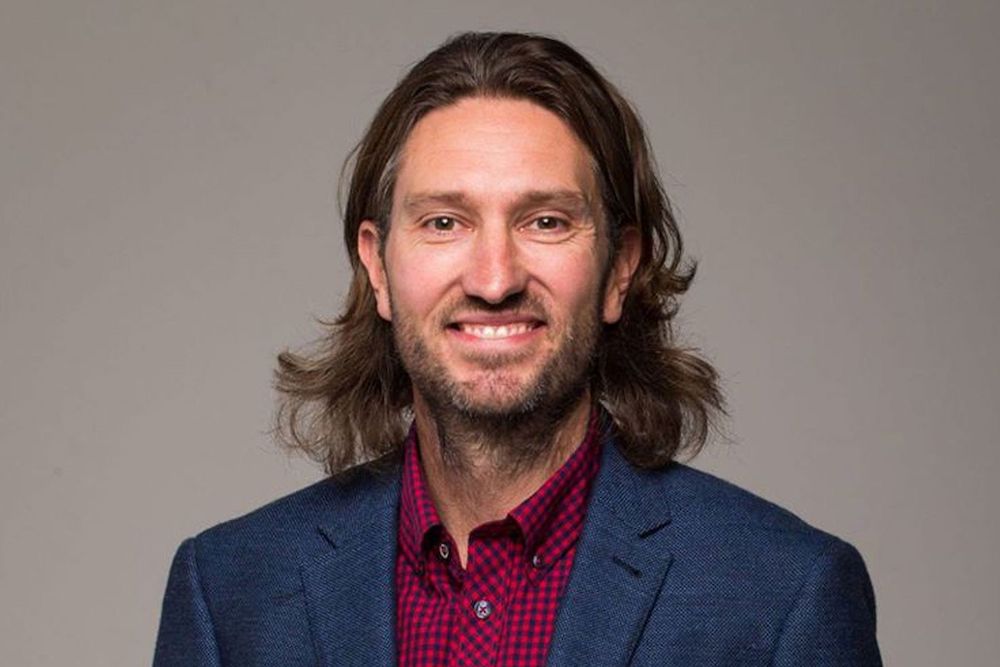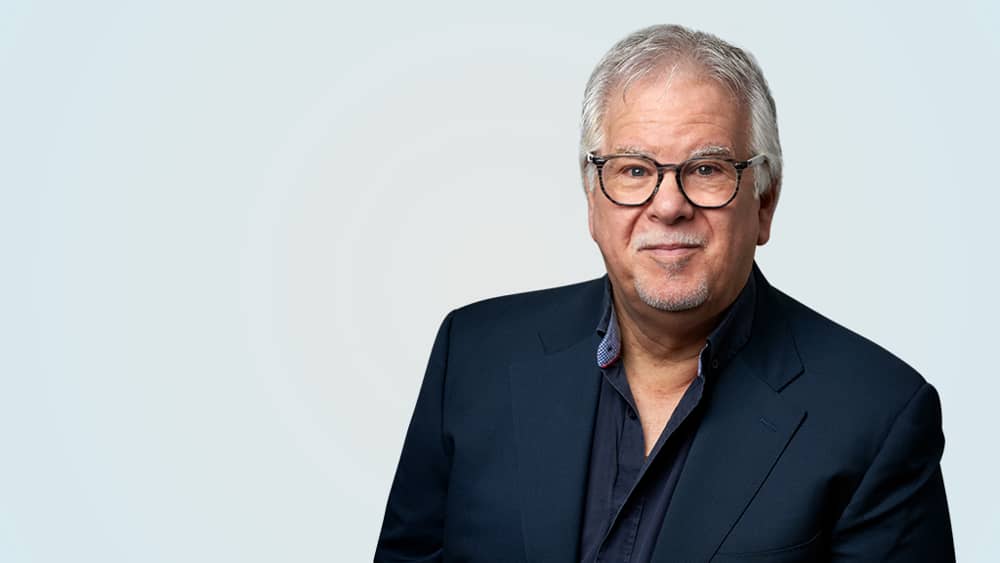Where would three property experts invest their money today?
On a national level, we've seen the fastest pace of annual property price growth in more than 30 years, and for many buyers, it's meant they've had to reassess their plans.
Investors have been making a resurgence in the market in recent months, but with such massive gains across the country this year, where can you still get bang-for-buck and strong potential for future, long-term growth?
We asked Michael Yardney, Pete Wargent and Lloyd Edge, three of the country's leading experts in the field, where they would look to invest with budgets of $500,000 and $1 million to get a sense of what market indicators savvy buyers can seek out in order to make a sound decision.
Lloyd Edge sees potential in NSW regional hubs with growing infrastructure
As the founder of Sydney-based buyer's agency Aus Property Professionals, Lloyd Edge has built his personal wealth up from a one-bedroom apartment to a multi-million dollar property portfolio in the course of a decade.
He's filled with excellent investment tips, too, and for somebody with $500,000 to spend one of his first suggestions is Armidale in regional NSW.
"The area has the University of New England there, it has a hospital, so it's driven by those, and the hospital had an $81 million upgrade a few years ago, so that's been a good driver of the town as well," he says.
Being strategically located between Sydney and Brisbane, housing a population of well-paid professionals working at the university and hospital, and having its own airport are all factors that Mr Edge explains should bring strong gains and rental yields in years to come.
He also likes other regional NSW hubs like Orange and Port Macquarie, as well as coastal spots like Merimbula and Mirador which he sees as potentially following in the footsteps of huge growth regions like Lennox Head and Byron Bay which have been so popular with people moving away from the city for lifestyle reasons.

With a larger budget of $1 million, he tips NSW Central Coast suburbs like Lakehaven, Umina and Wyong as being markets worth looking at.
He notes that nearby Ettalong Beach has seen around +38.5 per cent growth in the past five years and that there may be a ripple effect in surrounding areas.
Also, "if you move to Brisbane, then you'd be able to buy closer to the city and you'd be able to get yourself a decent house, so you don't need to be in the unit market," he says.
Mr Edge does caution that it's not always necessary or wise to spend the entirety of your budget, either.
"If you spend $1 million and then you have only $650 rent coming in a week, you might max yourself out, you can't go any further," he says.
"I'd much rather buy something under the budget and then look at how that property can help you get into the next property."
Ultimately, he says that wherever you're looking, upcoming infrastructure and government spending is a vital thing for investors to be tracking.
It's important to "buy a property that outperforms the averages. So an investment grade property that might be in a school catchment zone, a quiet street, make sure you're not buying in a flood zone or under a flight path.
"If you've got good shopping centres, you've got universities, you've got hospitals, you've got good transport… those are the sort of properties that we need to be looking at."
Pete Wargent likes Adelaide's affordability for long-term results
Pete Wargent is an expert in all things finance and real estate, and he's also the co-founder of the online buyers' platform BuyersBuyers.
When looking at where $500,000 could yield some of the most promising long-term results, his sights are currently set on Adelaide, a city that's drawing more appeal as markets like Sydney and Melbourne become less and less affordable.
"To catch the next property wave I would take a look at a low set house in Mitchell Park in Adelaide for under $500k," he says, pointing to this example of a solid three-bedroom home that's less than 10km south of the CBD.
He explains that it's a conveniently located, family-friendly location with good transport links and good rental yields.
"And since it is cheaper to buy than rent from a monthly cash flow perspective, the next five years should deliver great results," he says.
Queensland is also a strong option for those in it for the long haul.
"For those with a longer-term view of 10 years plus out to the 2032 Olympics then a similar style of property to the north or south of Brisbane would make sense," he says, adding that Coomera on the Gold Coast also has "affordable options in good areas with growth potential."

Bumping up to the $1 million budget range, he says "I’d look at Morningside or Cannon Hill in Brisbane, or one of the north side suburbs within 10km of the city."
More generally, Mr Wargent recommends that "in the current environment, look for a house (rather than a unit) in landlocked areas where there is not too much potential for supply to swamp the market with new builds."
If you are wanting to purchase a unit, there are better places to look, particularly in Sydney.
"In a mature market like Sydney, look for boutique blocks, a point of scarcity, with reasonable strata fees and a strong land value component," he says.
Michael Yardney has personally invested in the Brisbane market
As the name behind one of the world's leading property blogs, Property Update, as well as being the founder of Metropole Property Strategists, Michael Yardney has a wealth of experience when it comes to investing in Australian real estate.
On one of his latest Property Update podcasts, Mr Yardney, along with industry peer Stuart Wemyss and colleague Brett Warren, dives into the reasons why he's recently chosen to personally invest in the Brisbane market.
The trio point to factors like strong interstate and overseas migration, superior affordability compared to Sydney and Melbourne, higher rental yields substantial spending on infrastructure that make the Queensland capital a promising investment option in the longer term.

Mr Yardney proposes that Brisbane is "overdue for growth" and he says that the billions now being spent on infrastructure (with more on the way for the 2032 Olympics) will be "transformational with people wanting to be there."
He suggests avoiding the city's underperforming and oversupplied unit market, while Mr Warren says a budget of $700,000 should achieve a solid entry-level house in an area within 10 to 12 kilometres of the CBD which includes a strong land value component.
In terms of broader advice on where to look in Australia, Mr Yardney says "I recommend to look for an area that has a long, proven history of strong capital growth and is likely to continue to outperform the averages."
Rather than looking for the latest "hot spot," he urges buyers to pay close attention to the demographics of an area, particularly noting where wages are increasing beyond the average pace.
"These suburbs tend to be those where a large number of owner-occupiers desire to live because of lifestyle choices on offer," he says.
Mr Yardney cautions, however, that finding success when investing in property is not merely about picking the right suburb at the right time. As he explains, "property investing is a process, not an event."
The 'right' location will be different for different people and depends on a combination of individual circumstances and goals, and "selecting the property comes right at the end of the process."







